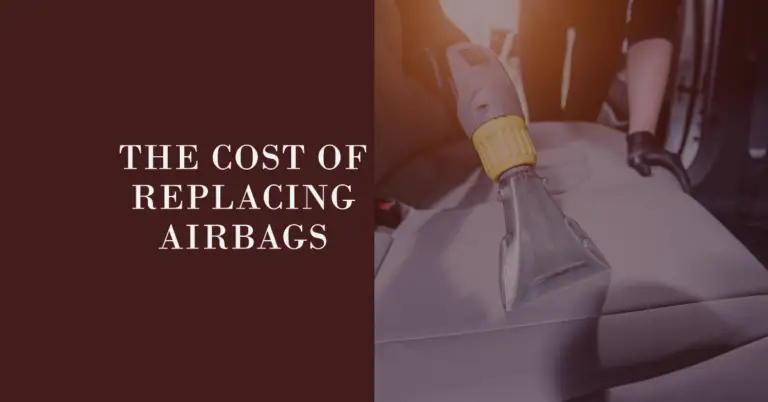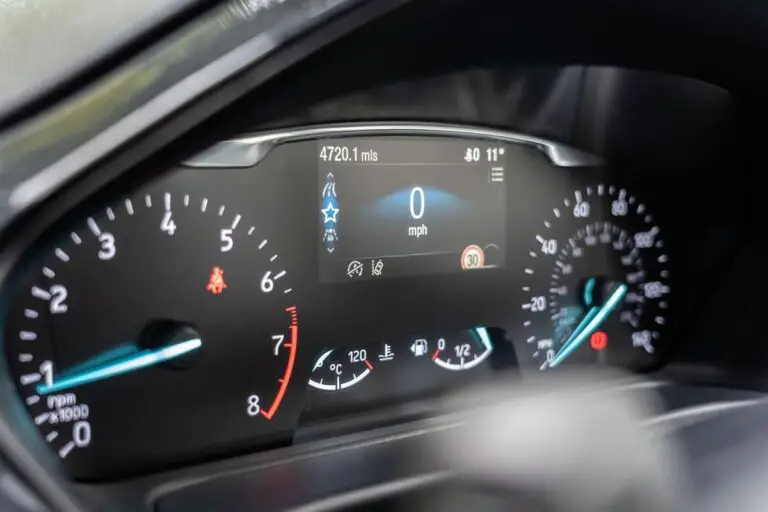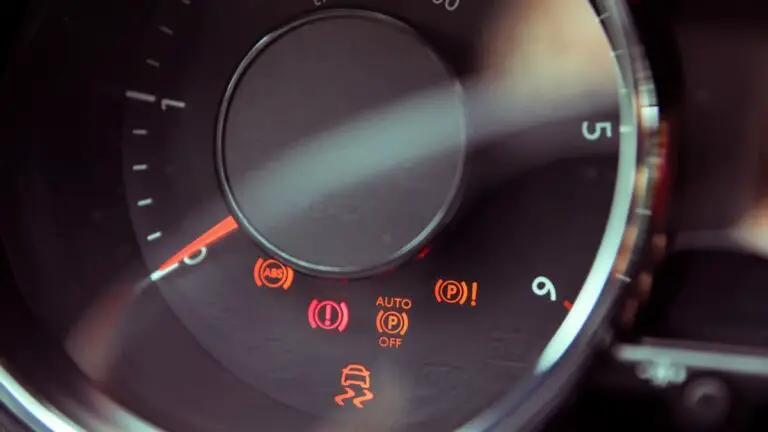2024 Answer: What Tire Pressure Is Too Low?

Driving with improperly inflated tires is dangerous – yet many motorists don’t give their tire pressure a second thought. Maintaining the recommended PSI (pounds per square inch) keeps your tires in their best shape, saving you money on gas and avoiding blowouts. But when is tire pressure too low, risking safety hazards? Let’s review the ideal PSI for different vehicles and examine how underinflation impacts performance.
The short answer: Tire pressure below 25 PSI is extremely dangerous and can lead to blowouts. 25-35 PSI is underinflated depending on the vehicle, while above 35 PSI is within the recommended range.
In this comprehensive guide, we’ll cover everything you need to know about tire pressure in 2024, including:
- Manufacturer’s recommended tire pressure levels
- The dangers of driving on underinflated tires
- When tire pressure is critically low
- How to properly check and maintain PSI
- The pros and cons of proper inflation
- And much more!
Table of Contents
Recommended Tire Pressure Levels
The correct tire pressure varies based on the type of vehicle and tires. Here are the standard recommended PSI levels from leading tire and auto manufacturers:
| Vehicle Type | Recommended PSI |
|---|---|
| Passenger Cars | 30-35 psi |
| Light Trucks/SUVs | 35-45 psi |
| Heavy Duty Trucks | 80-120 psi |
| Motorcycles | 36-40 psi |
Always refer to your vehicle’s door jamb sticker or owner’s manual for the exact inflation level. Tire manufacturer’s also list the recommended pressure on the sidewall.
Maintaining inflation within 5 psi of recommendations gives the best ride quality, handling, and safety. Underinflation by more than 5 psi can negatively impact performance.
Dangers of Underinflated Tires
Driving with low tire pressure might seem convenient in the short-term if you’re low on time. But underinflated tires create risks that can lead to expensive car repairs, decreased fuel economy, and hazardous on-road breakdowns.
Some dangers of persistent underinflation include:
- Increased tread wear: Underinflated tires experience more friction against the road, wearing down tread depth faster. This shortens the life of your tires, requiring premature replacement.
- Poor fuel efficiency: Low pressure leads to more rolling resistance between the tires and road. Your engine works harder to overcome this, reducing gas mileage. Underinflation by 8 psi can decrease fuel economy by up to 2%, per FuelEconomy.gov.
- Overheating: Underinflated tires are more prone to overheating, especially at high speeds. This can cause tire failure.
- Blowouts: Severely underinflated tires can overheat to the point of blowing out, puncturing the sidewall. Blowouts often lead to losing control of the vehicle.
- Reduced braking: Tires with low pressure have less grip on the road, increasing stopping distance required to brake. This decreases steering responsiveness.
- Accelerated uneven tread wear: Low PSI concentrates pressure on the outer edges as you turn, wearing the outside of the tread faster. This require tire rotation and alignment more frequently.
According to research by AAA, U.S. drivers experienced over 200,000 tire blowouts from underinflated tires in 2019. Proper inflation is essential for staying safe on the roads.
When to Consider Tire Pressure Too Low
At what point is tire pressure critically low, risking hazardous driving conditions?
Any tire pressure under 25 PSI is extremely dangerous for passenger vehicles. Driving at high speeds with under 25 PSI drastically increases the chances of overheating and sudden blowouts. Tires can fully deflate within minutes once reaching this underinflation level.
If your tires are between 25-35 PSI, they are still underinflated depending on the vehicle. While not an emergency, air should be added to reach the recommended PSI.
Tire pressure above 35 PSI is generally considered within the ideal range, unless your vehicle specifically calls for higher inflation.
Use your best judgment based on the psi levels in your owner’s manual. When in doubt, slightly higher pressure provides a safer buffer against gradual deflation.
How to Check Tire Pressure
Routinely checking inflation levels is the only way to monitor your tire health. Here are some tips for accurately measuring PSI:
- Use a quality pressure gauge: The most precise way to check pressure is with a tire pressure gauge. Both digital and manual gauges work. Make sure they display psi or kpa units.
- Check when tires are cold: Only measure inflation when your vehicle has been stationary for 3+ hours, allowing the tires to fully cool. Pressure temporarily increases from driving.
- Look at sidewall: Your vehicle’s recommended pressure is listed on the tire sidewall along with the tire size. This is your ideal psi benchmark.
- Remove valve caps: Unscrew the valve caps completely before placing on the tire gauge for an airtight seal.
- Check each tire: Measure the pressure at each tire’s valve stem, including your spare. Uneven pressure can impact handling.
- Recheck if low: Retest tires showing lower psi levels a second time to confirm accuracy. Then re-inflate as needed.
- Replace valve caps: Screw caps back on tightly after checking to prevent air leaks.
Following this process provides your true cold inflation reading to compare against recommended specs.
Maintaining Proper Tire Pressure
Once you know your tires’ current pressure, maintaining optimal PSI requires adding or releasing air:
- Invest in a portable air compressor: Having a compressor allows refilling low tires from home in minutes. Models under $50 plug into your car outlet.
- Re-inflate when under recommended PSI: Add air if below the vehicle or tire manufacturer’s inflation guidelines to reach the ideal pressure.
- Use a tire gauge when filling: Monitor pressure with a gauge while inflating to prevent overfilling. Stop once you reach the target number.
- Check monthly: Inspect all tire pressures and tread wear monthly as part of routine maintenance.
- Rotate tires every 6,000-8,000 miles: Regular rotations equalize wear patterns between tires for longer life.
- Note inflation when hot: Expect a 3-4 psi increase when checking after driving. Allow tires to cool before adding air.
- Address leaks promptly: Repair punctures immediately and replace damaged valve stems to prevent inflation loss.
Proper inflation might take a few extra minutes each month, but saves money over the long run in fuel and tire costs.
Pros and Cons of Proper Tire Pressure
What are the advantages and potential drawbacks of maintaining the recommended PSI?
Pros
- Enhanced fuel efficiency: Correct inflation minimizes drag for improved gas mileage. Each underinflated tire can reduce economy by up to 0.4%.
- Extended tire life: Less wear and tear lets tires last longer before needing replacement. Proper inflation also prevents uneven treadwear.
- Improved safety: Correctly inflated tires are less prone to dangerous blowouts and provide better braking and handling.
- Comfortable ride: The right PSI absorbs bumps in the road better, while also reducing noise in the cabin.
Cons
- Time investment: You must dedicate 5-10 minutes per month to routinely check and inflate each tire.
- Upfront costs: A tire gauge and portable inflator are small investments starting around $20 total.
- Vigilance required: It’s on you to stay on top of checking inflation and refilling low tires.
Proper inflation might require an extra time commitment, but the safety and financial benefits outweigh any inconvenience.
Conclusion
Driving with severely underinflated tires below 25 PSI can lead to catastrophic blowouts and loss of control. While 25-35 PSI may still be under ideal inflation, it avoids immediate safety hazards depending on your vehicle. Compare your measured tire pressure against manufacturer’s recommendations for your exact required PSI. Investing a few minutes each month to maintain proper inflation saves money on fuel, repairs, and tires over the long run.







